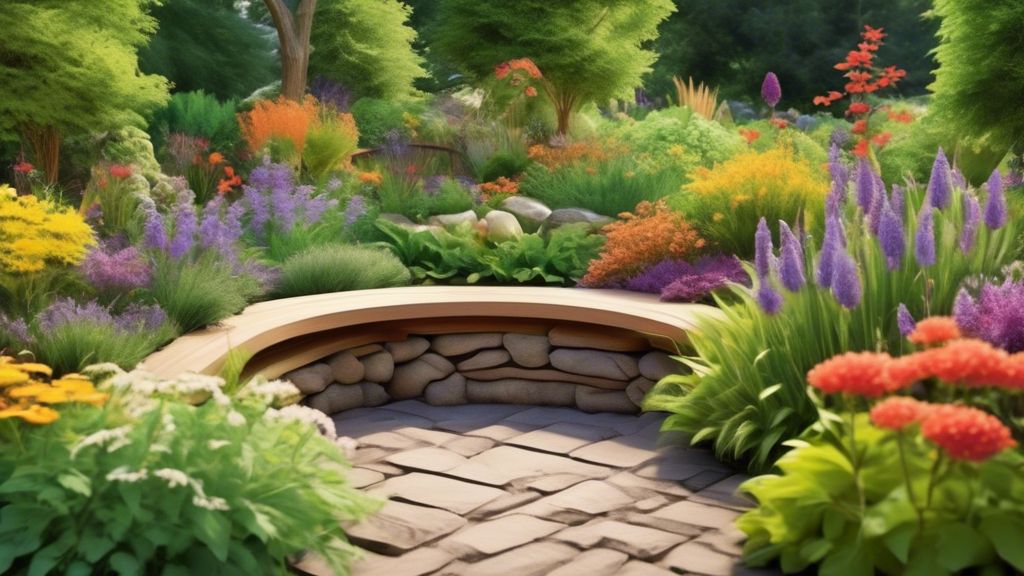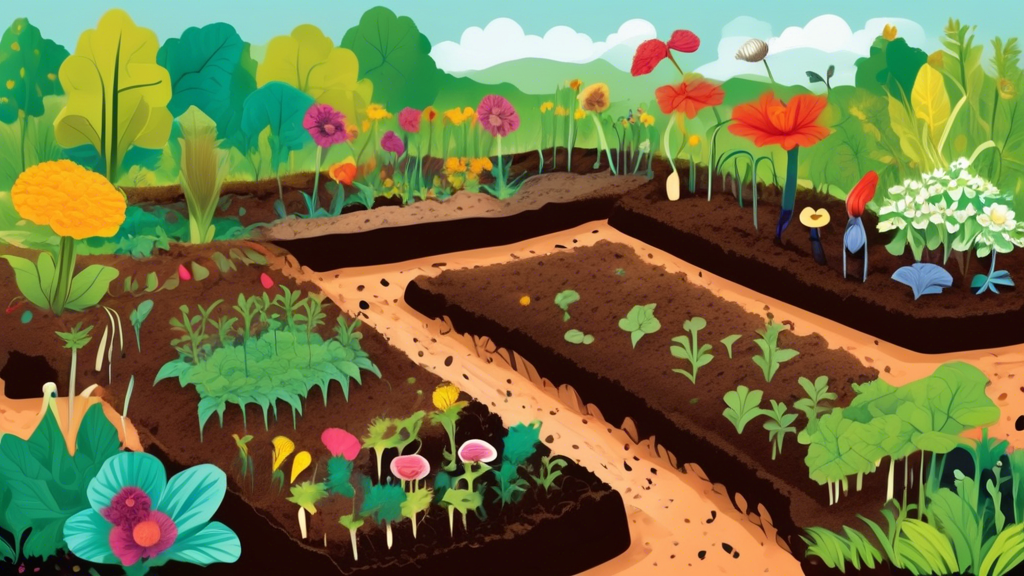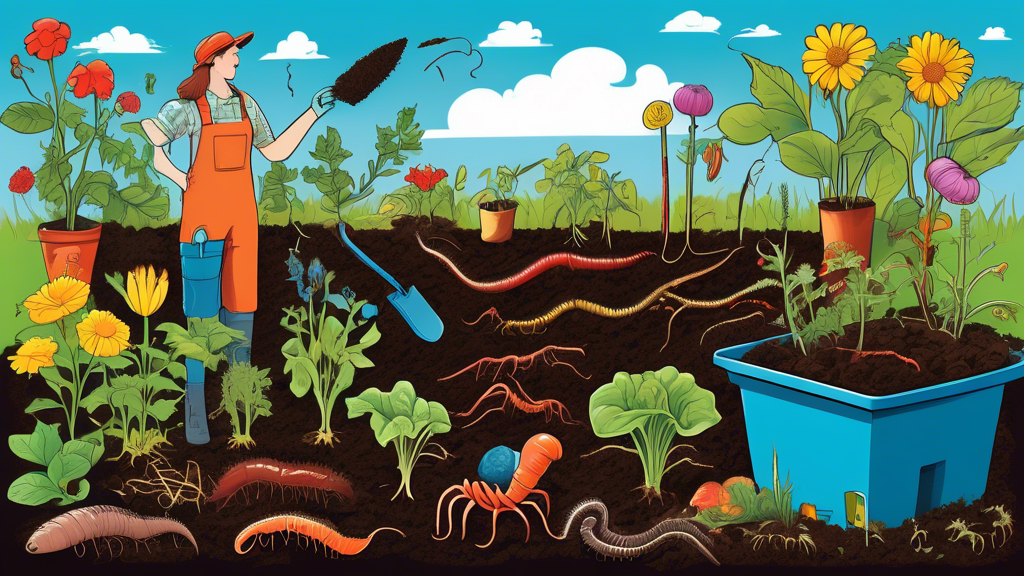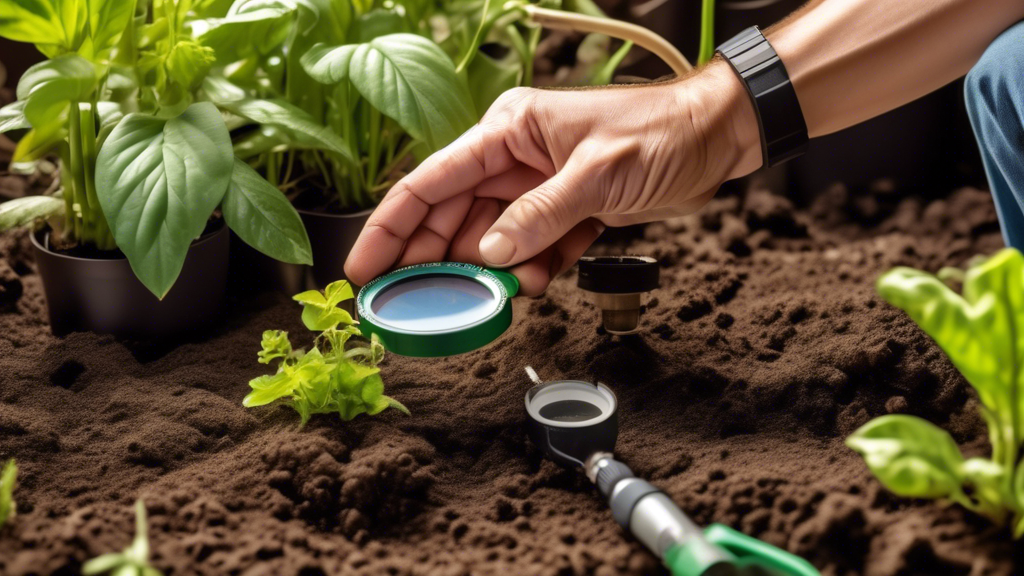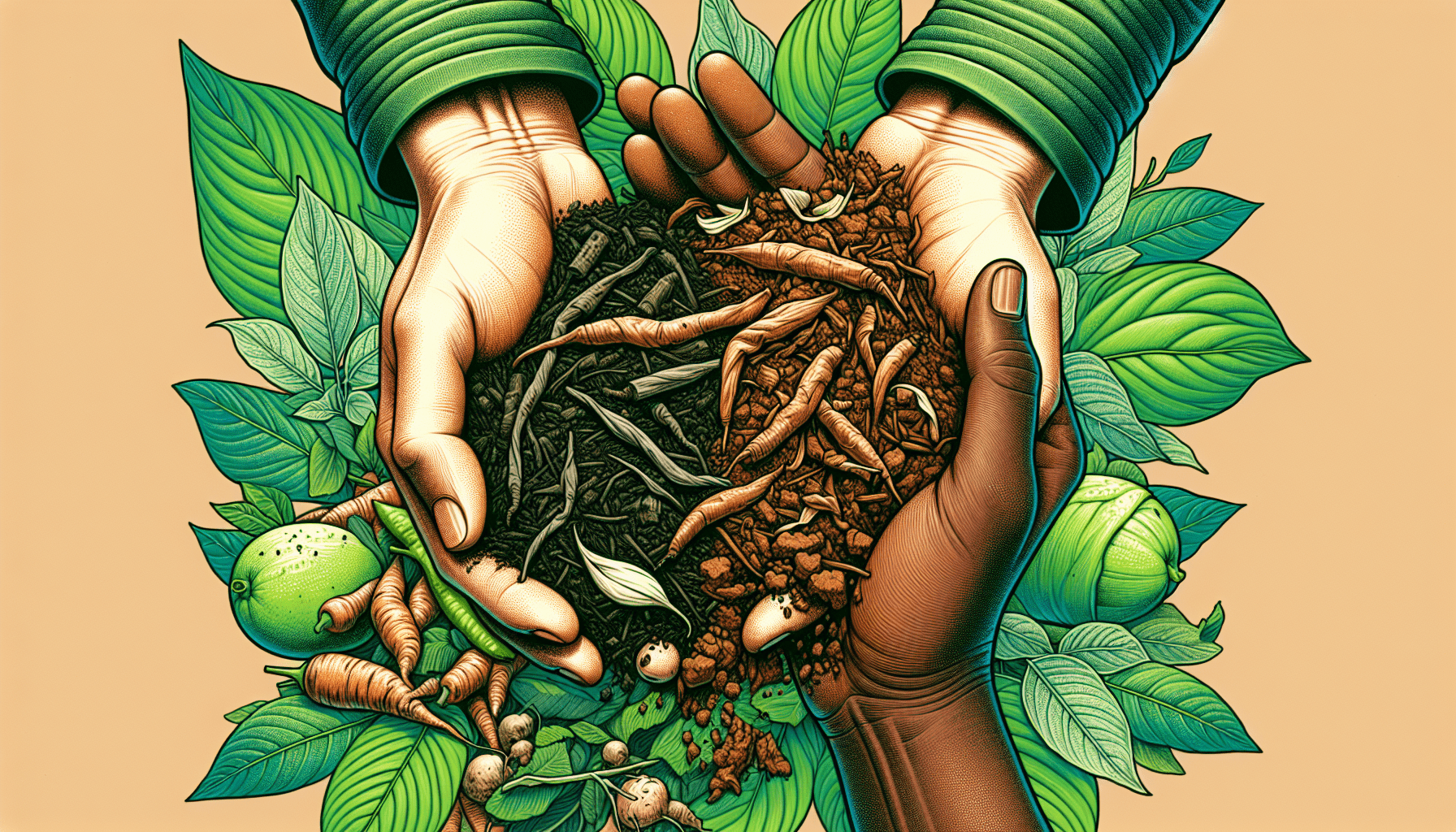
Why Composting Matters: More Than Just Reducing Waste
The Environmental Challenges Composting Addresses
When organic waste like food scraps and yard trimmings end up in landfills, they decompose anaerobically (without oxygen), producing methane—a greenhouse gas over 25 times more potent than carbon dioxide. This process contributes significantly to climate change. Furthermore, landfills are rapidly reaching capacity, and the transportation of waste to these sites consumes fossil fuels and generates additional emissions. Composting at home intercepts this waste stream, turning a problem into a solution.
The Direct Benefits to You and Your Garden
Compost is often called “black gold” for a reason. It’s a powerhouse soil amendment that:
- Provides Nutrients: It releases essential nutrients like nitrogen, phosphorus, and potassium slowly, feeding plants over a long period without the risk of chemical burns associated with synthetic fertilizers.
- Improves Soil Structure: It helps sandy soil retain water and clay soil drain better, reducing water usage and preventing erosion.
- Reduces Household Waste: By composting, you can divert up to 30% of your household waste from the trash, leading to fewer trash bags, less odor from your kitchen bin, and lower garbage collection fees in some municipalities.
Getting Started: Your Composting Method Toolkit
The Simple Backyard Compost Pile or Bin
This is the classic method. All you need is a designated corner of your yard. You can use a simple pile, build an enclosure from pallets, or buy a ready-made bin. It’s cost-effective and requires minimal intervention, though it is slower than some other methods.
Tumbler Composters: The Fast & Neat Option
These enclosed barrels are mounted on a frame, allowing you to easily turn the compost by rotating the drum. This aeration speeds up the decomposition process and effectively keeps pests out, making it ideal for smaller yards or those concerned about rodents.
Worm Composting (Vermicomposting): Composting Indoors
Don’t have a yard? No problem. Vermicomposting uses special worms (typically red wigglers) in a contained bin to break down food scraps. It can be done in a basement, garage, or even under the kitchen sink. A major bonus is the production of “worm tea,” a nutrient-rich liquid fertilizer that can be diluted and used to water plants.
The Unique Method: Bokashi Fermentation
Unlike traditional composting, the Bokashi method uses a special bran inoculated with Effective Microorganisms (EM) to *ferment* all your food scraps in an airtight bucket. This anaerobic process is much faster and can be done entirely indoors. The most significant advantage is that it can process virtually all food waste, including meat, dairy, bones, and cooked foods, which are typically forbidden in other compost systems. The pre-compost is then buried in soil or added to a traditional compost bin to finish breaking down.
What Goes In? Mastering the Greens and Browns
A healthy compost pile requires a balance between “Green” materials (nitrogen-rich) and “Brown” materials (carbon-rich). A good rule of thumb is to aim for a ratio of about 1 part Greens to 2 or 3 parts Browns.
| “Green” Materials (Nitrogen) | “Brown” Materials (Carbon) | Do Not Compost |
|---|---|---|
| Fruit & vegetable scraps | Dry leaves | Meat, fish, and bones |
| Coffee grounds & filters | Cardboard (shredded, non-glossy) | Dairy products |
| Tea bags (staples removed) | Paper egg cartons & newspaper | Fats, oils, and grease |
| Fresh grass clippings | Straw or hay | Diseased plants |
| Plant trimmings | Sawdust (from untreated wood) | Pet waste (dog, cat) |
Troubleshooting Common Composting Challenges
My Compost Smells Bad
Cause & Fix: A rotten smell usually indicates an anaerobic (lack of oxygen) and too-wet environment. The solution is to turn the pile to incorporate air and add more “browns” like dry leaves or shredded cardboard to absorb excess moisture and restore balance.
The Pile Isn’t Breaking Down
Cause & Fix: If decomposition has stalled, the pile might be too dry, too cold, or lack nitrogen. Add water to achieve a damp-sponge consistency, add more “green” materials to kickstart microbial activity, and ensure the pile is large enough (at least 3×3 feet) to generate and retain heat.
How to Deal with Pests and Flies
Proactive Steps: Always bury new food scraps under a 6-8 inch layer of “browns.” Using a bin with a secure lid or a tumbler system will physically block most pests. Avoid adding the “Do Not Compost” items, especially meat and oily foods, which are major pest attractants.
Composting Comparisons: Which Method is Right for You?
| Method | Best For | Speed | Effort | Can Compost Meat/Dairy? |
|---|---|---|---|---|
| Backyard Bin | Homes with yards | Slow (6-12 months) | Low (occasional turning) | No |
| Tumbler | Small yards, patios | Fast (4-8 weeks) | Low (easy turning) | No |
| Worm Bin (Vermicomposting) | Apartments, indoors | Moderate (3-6 months) | Moderate (care for worms) | No |
| Bokashi | Apartments, all homes | Very Fast (fermentation in 2 weeks) | Low (no turning) | Yes |
Frequently Asked Questions (FAQs) About Composting
How long does it take to make finished compost?
The timeline varies widely. A well-maintained tumbler can produce compost in as little as 4-8 weeks, while a passive backyard pile may take 6-12 months. Factors like the balance of materials, aeration, temperature, and particle size all influence the speed.
Can I compost if I live in an apartment?
Absolutely! Indoor methods like worm composting (vermicomposting) and the Bokashi fermentation system are designed specifically for small, enclosed spaces without yards. Many are odor-free when managed correctly.
Is compost the same as fertilizer?
Not exactly. Compost is a soil amendment. It improves the overall health and structure of the soil, which in turn helps plants grow. Fertilizer is a plant supplement that provides a concentrated dose of specific nutrients. Think of compost as a long-term health plan for your soil and fertilizer as a vitamin shot for your plants.
Will composting attract rats?
A properly managed compost system should not attract rats. This means avoiding meat, dairy, and oily foods, burying new kitchen scraps under a layer of browns, and using a rodent-resistant bin (like a tumbler or a bin with a secure lid and small air vents).
Taking the Next Step in Your Sustainable Journey
Starting a compost bin is one of the most impactful and tangible steps you can take towards a sustainable lifestyle. It transforms waste into a valuable resource right in your own home or garden. Don’t be intimidated—start small with a countertop bin for collecting scraps. Celebrate your first batch of dark, crumbly, earthy-smelling compost, your very own “black gold.” This single habit closes a nutrient loop, reduces your carbon footprint, and connects you directly to the cycle of growth and decay that sustains our planet. Your journey to a greener life starts with a single banana peel.

